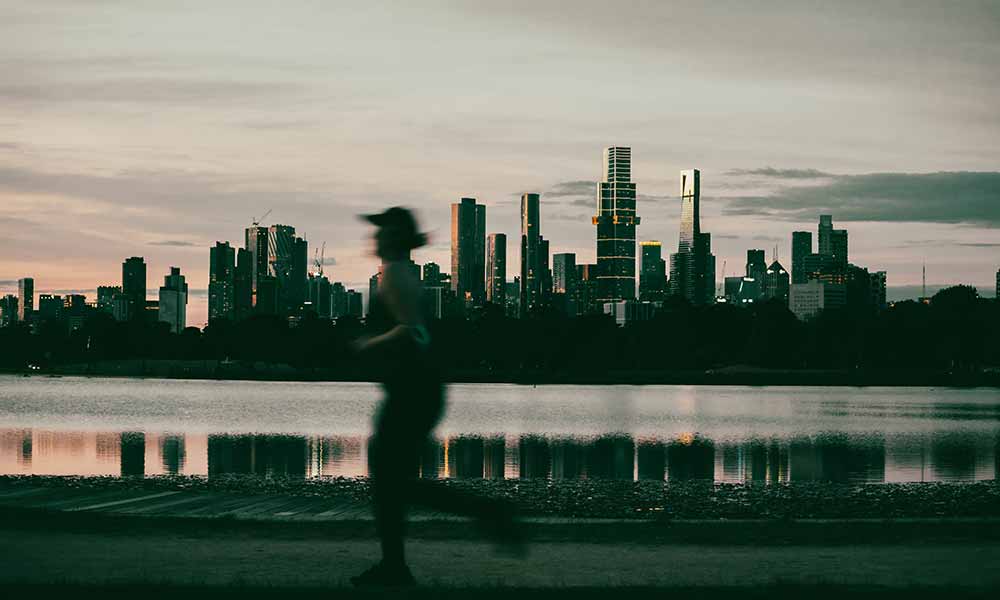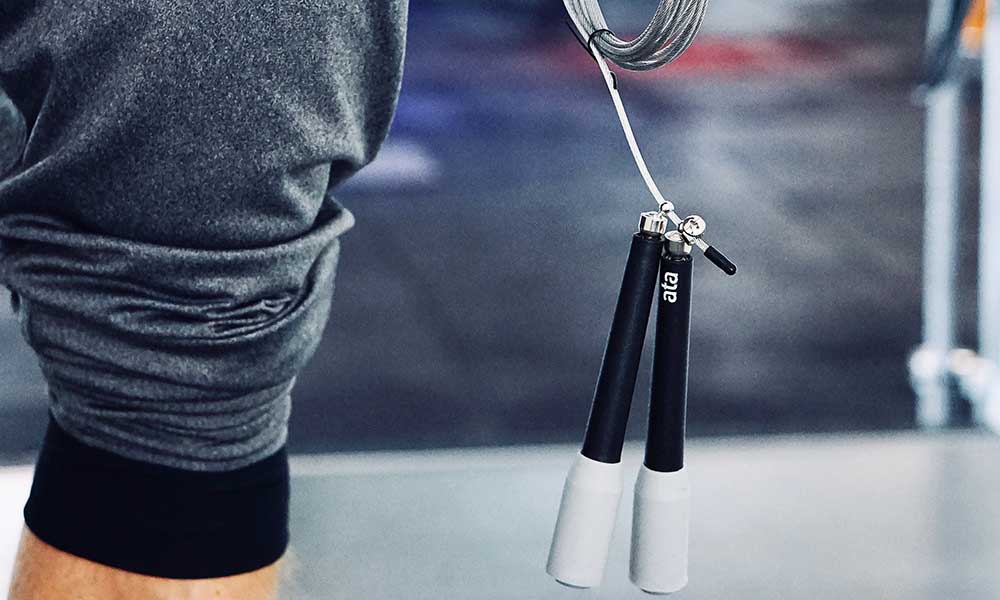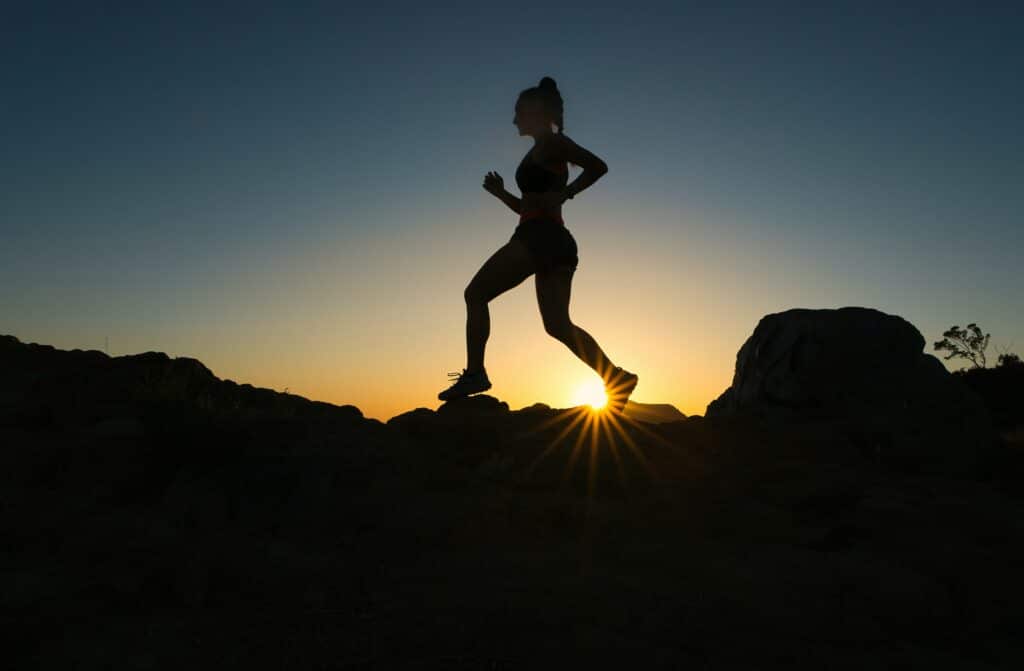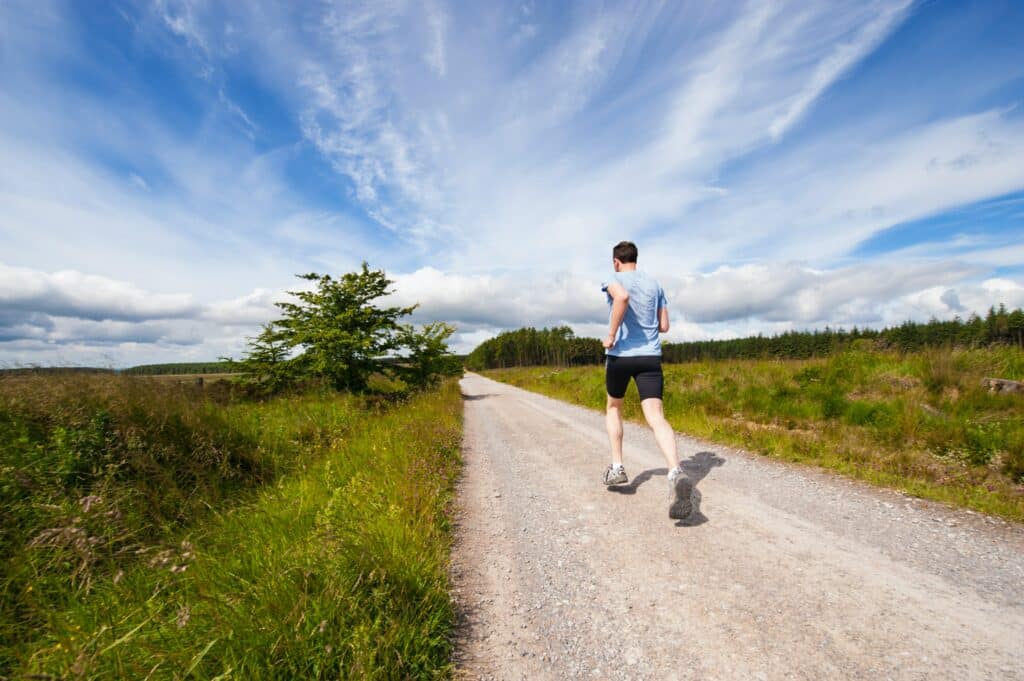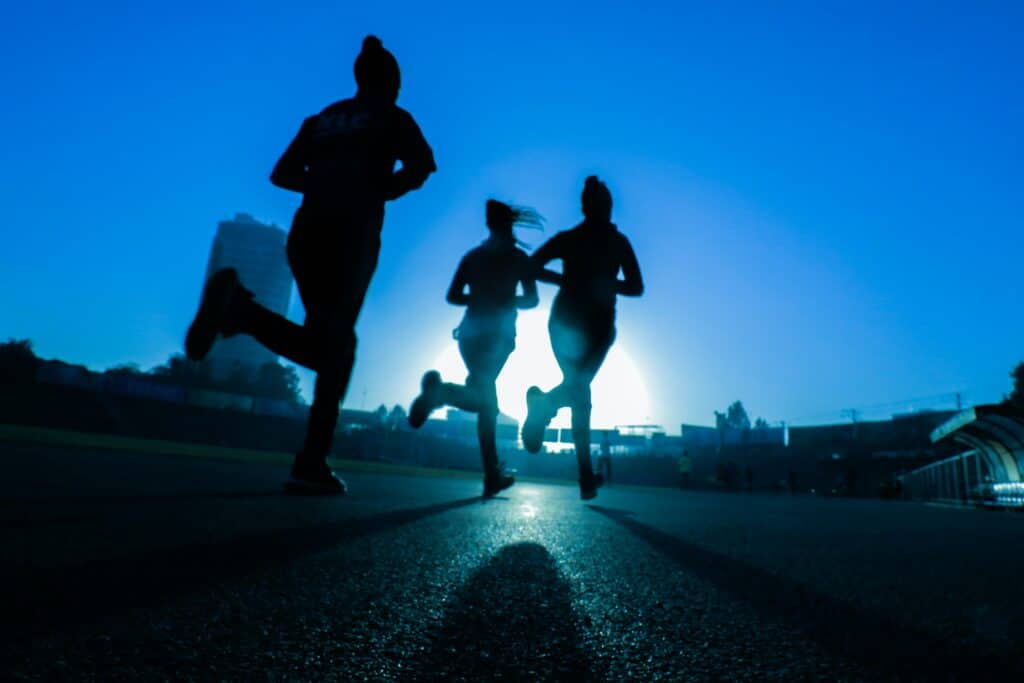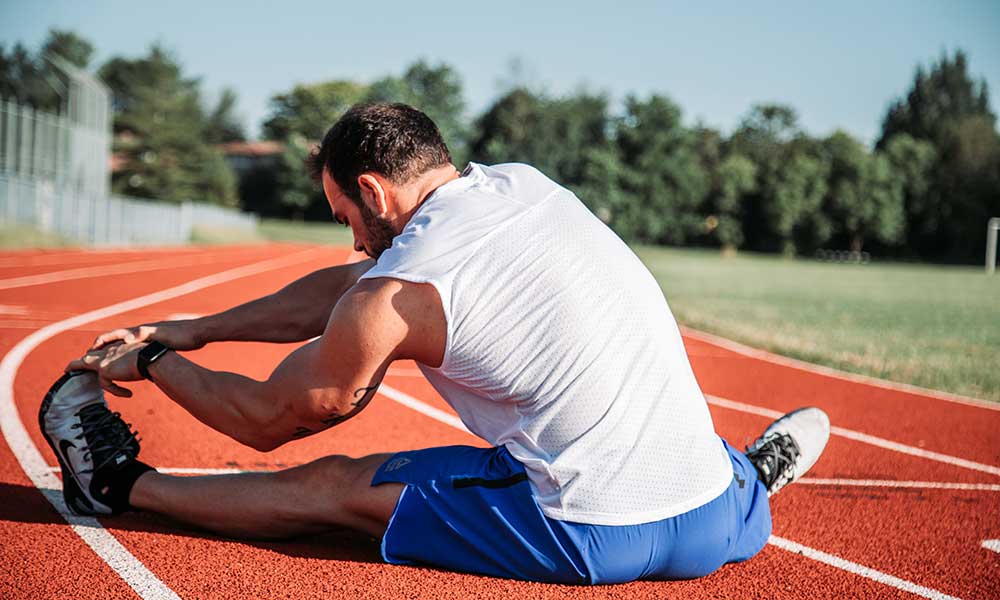The best thing about being a runner is that you can do it anywhere as long as the weather is reasonably good. You don’t need a gym or expensive equipment, just a good pair of shoes, a bit of desire, and some open space.
The concrete jungle may seem like a daunting place to run with the traffic lights, traffic, noise, pollution and people wandering around. Yes, all of these things exist and you will have to navigate them, but with a little research and creativity, running in the city can be highly enjoyable and a wonderful way to explore.
For those that work really stressful jobs in the city, running is a great release and a wonderful way to clear your head after a busy day. If you’re just visiting the city for work or pleasure, a run through the city can help you discover the history and beauty of the area.
So, whether you’re training for an upcoming half or full marathon or just needing to get in some exercise, the recommendations in this article will help you learn how to stay safe, get the most out of your training in the city and really enjoy it.
Best times of day for running in the city
In big cities, there will be rush hour traffic in the morning and in the evening as large amounts of people make their way to and from their jobs. For increased safety and enjoyment, the best times to run in the city are in the early morning before rush hour traffic and just after the evening rush hour.
Running in the middle of the day, or during your lunch hour may work best for your schedule. There will be traffic on the roads, but typically not as much as during rush hour. Weather-wise, this may be the best time if you live in a colder climate. If you are running in the heat of the day in a hot climate, make sure to stay hydrated. Also, you can run in the shade of the taller buildings to help keep cool.
Running at night, in the dark, can be wonderful as there aren’t as many people on the street and it’s often cooler than during the day. If you do choose to run at night, try to stay in well-lit locations where there are some people around. Also consider running with a buddy or in a running group. Remember to wear bright colors or reflective shoes or clothing.
The right shoes
The right pair of running shoes is critical to you getting the most out of your run in the city. You will be treading on harder grounds—asphalt or concrete—which put a lot more pressure on your legs and knees. Look for running shoes that provide a good cushion to soften hard landings.
We all have different feet and arches and have likely experienced the discomfort of wearing shoes that just aren’t quite right. Spend some time trying on different running shoes that match your unique feet and gait. Maybe a custom insert is right for you.
Many specialty running stores offer you a free return on shoes even after you’ve worn them and tried them out. Don’t hesitate to take them up on that offer as you don’t want to be stuck with an expensive and uncomfortable pair of shoes that you just don’t want to wear.
Be prepared
Preparation is key when running in the city. Many situations can come up that can make or break your exercise.
We recommend carrying identification, your phone, and either a small amount of money or a card with you while you run. Pepper spray is also something to consider carrying as you never know who you will encounter on your run. Consider a running belt, fanny pack or vest to help comfortably store these items with you as you run.
If you know you’re going to need a bathroom, plan your route in a way that takes you by a public restroom or an establishment that allows access to restrooms.
The same goes for water. Carrying a water bottle may not sound fun or convenient and that’s OK. Many cities have public water fountains that are easily accessible that can be worked into your route. Or you can plan to pass a store that will be open so you can quickly grab a drink to stay hydrated and get back on the road.
Be Creative
Just because you’re in the city amongst the traffic and big buildings doesn’t mean you can’t find inspirational places to run. And you can use some of the fundamental design of the city for different types of training.
Green spaces
Big cities are all moving toward enhancing their green spaces. If there weren’t any before, they are being added to increase the quality of life for their inhabitants.
This means that you should be able to find parks or even forests nearby, within the city limits. Make your way to these spaces to find a bit of peace and fresh air in your day. Green spaces like this typically have paths both paved and natural that you can follow.
City blocks
City blocks may seem monotonous and uninspiring to run on, but these are a great place to increase running speed and strength. These blocks are typically the same distance, which means you can use their distance, rather than time, for interval training.
Try sprinting a block, then recovering the next block, then repeating. Or, in cities where the lights are changing often, run as hard as you can until you hit a red light, then catch your breath and try again when the signal goes green.
In hilly cities, like San Francisco or Seattle, you can run 1 block uphill, then 1 block flat, then 1 downhill and so on to vary your training and take full advantage of the city’s design.
Be a tourist
Running through your city gives you a unique opportunity to be a tourist and explore. Search out the landmarks that you haven’t seen before and plan a run around visiting one or several of them.
Plan your running routes through neighborhoods that your typical walking or driving routes don’t cross and check out the restaurants and shops that you may want to come back to visit. You may just find your new favorite spot.
Perhaps you’re visiting a city for a few days. Running is a great way to get to know and see the city while getting exercise. Look for historic routes or other landmarks to visit. Also, keep your eyes open—and your phone handy—as you may pass a great restaurant you’d like to try out during your visit.
Remember that you are in someone else’s neighborhood. Be the friendly face that you want to encounter in your own home.
Have a reward
One of the best things about running in cities is that there is access to great restaurants and other establishments. And, in many cities, walking into a favorite coffee shop just after working out isn’t frowned upon, or uncommon.
Plan your run to give yourself time to enjoy a treat afterward, whether it’s picking up bagel sandwiches and craft coffee for breakfast before you get ready for work, or enjoying the sunset over the water.
Combining your exercise with a reward is one of the best ways to keep yourself motivated and training at your best.
Join a running group
There are times when running alone is necessary to achieve a sense of peace and perspective in your life, then there are the days where it would be so much more fun to be running with someone else or in a group.
Running in a group is a great way to push your limits, set new goals and achieve goals that you have been working toward. Most people tend to run a bit faster and harder in the company of others, especially others who run just a little bit faster already.
Consistent running and exercise often require accountability. Running with others at specific times is helpful to push you on the days when you may not be feeling it. And if you’re feeling it one day, someone else in the group may need your encouragement. After some time with your group, your training sessions will likely be the highlight of your week.
Talk to other runners in your area to see if they know of any running groups or clubs. You can also ask at local gyms or check social media or other apps for meeting up—always exercising caution and good judgment.
Sign up for races
Cities have all sorts of events for athletes of all kinds, especially runners. Keep an eye out for upcoming races that will give you something to train for. Races help with motivation to keep you training toward a goal.
One idea to help you train for longer distances is to use a 5k race to train for a 10k race which will help you to get prepared to run a half marathon then a marathon.
Safety and awareness
If you want to have a long running career, then being conscious of safety is of vital importance when running in the city. You will have cars, bicycles, changes in pavement types and quality, and other pedestrians to think about. The unfortunate reality of running, walking or biking in the city is that there will be accidents leading to serious injury or death due to lapses of attention and situational awareness.
Your awareness of the world around you and the potential hazards you could encounter while you run is what will keep you safe and running into the future. Always pay attention to vehicles and people in your vicinity.
Here are a few tips to help you keep running for many years to come:
Wear bright colors
Many drivers are distracted or tired while behind the wheel and may not be paying full attention to their surroundings. As runners, we need to make ourselves as visible as possible especially when running during the lower-light hours of the day.
Wear bright and/or reflective clothing and shoes when you run. You will be much more visible than someone wearing dark clothing at night. Reflective vests, like the ones worn by road crews are also available for runners.
Even if you aren’t typically drawn to more vibrant colors of running shoes or clothing, they could just save your life.
Headphones
Running can be a perfect time to get lost in your favorite music, listen to an audiobook, or catch up on your favorite podcast.
If you do wish to listen to something while you run, you need to remember to be extra cautious at intersections, even when crossing on a green light to make sure you avoid a car running a red light or an emergency vehicle.
Removing your inability to hear what’s going on around you means that you’ll need to rely only on your eyes to maintain awareness of your surroundings.
Respect signals and signage
Respecting signals is a key element to your safety in the city. Remember to stop at red lights and run only when the walk signal is illuminated.
Sometimes, due to construction or other reasons, pedestrian traffic will be diverted. Remember to follow the posted signage as that path has been designed to maximize your safety.
Always look both ways
As a runner, you are one of the most vulnerable people out there. No matter what the color of the light, always take a moment to scan both ways at crossings to make sure that there are no oncoming cars. Many drivers in the city are eager to get where they need to go quickly and may run yellow or red lights in order to achieve that goal.
When the sidewalks are busy, it can be tempting to step into the street or the gutter to get around people, just make sure to check for approaching traffic—bikes, cars, scooters, motorcycles—before you take that step.
Unprotected crosswalks
While you may have the right-of-way because there is a crosswalk, some crosswalks do not have lights or stop signs telling drivers to stop. Make sure to take a good look at the traffic before entering the crosswalk. If a car is coming, try to make eye contact with the driver to ensure they are stopping before you begin your crossing.
Unsafe areas
The reality of running in the city is that there are simply areas that are unsafe to run in. Try to learn where these areas are and avoid them, if possible. If you are going to go through an uncomfortable area, try to find a running buddy to accompany you on your workout.

